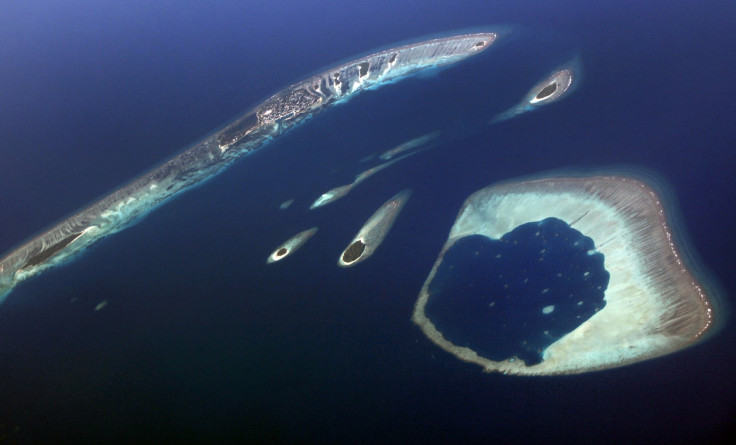New Fish Species With Stunning Colors Identified In The Maldives [Photo]
KEY POINTS
- The Rose-Veiled Fairy Wrasse was once thought to be another species
- Researchers confirmed that it is a separate species
- Its name is derived from the local Dhivehi language meaning "rose"
Researchers have identified a new fish species with stunning colors in the Maldives. It is the first fish to be formally described by a Maldivian researcher and among the first species to have a name derived from the local language.
The new species was first collected by researchers in the 1990s. But at that time, it was thought to be the adult of another species, the Cirrhilabrus rubrisquamis from the Chagos Archipelago, which was only described from a single juvenile specimen, the California Academy of Sciences noted in a news release.
"Although Randall's specimens consisted mostly of mature individuals of both sexes, it also included a juvenile that differed in coloration pattern from the similarly-sized holotype from Chagos, thus raising the question as to whether the specimens from the Maldives represent a different species," the authors of the paper describing the new species, which was published this week in the journal in ZooKeys, wrote.
In their analysis of the specimens, which included a comparison with the C. rubrisquamis specimen, researchers confirmed that they are, indeed, two different species.
The researchers named it the Cirrhilabrus finifenmaa, with the name "finifenmaa" being derived from the local Dhivehi language meaning "rose." It alludes to the fish's stunning coloration — which includes pink, magenta and orange-pink hues — and pays homage to the Maldives' national flower. It got its common name, Rose-Veiled Fairy Wrasse, from the species' facial patterns, the researchers noted.
In the image shared by the California Academy of Sciences, one can see the beautiful colors of the species.
The rose-veiled fairy wrasse, everyone—a fish that by any other name would be just as beautiful. 🌹 This new-to-science species from the Maldives is brought to you by @CoralReefFish, @FishGuyKai, @FishMcFishyface, & @MMRI_Maldives biologist Ahmed Najeeb: https://t.co/WRVJ2CGMNN pic.twitter.com/TWISfFnDa7
— California Academy of Sciences (@calacademy) March 9, 2022
The identification of the species is significant for various reasons. It is not only the first species to have a name derived from the Dhivehi language but also the first fish to be formally described by a Maldivian researcher.
"It has always been foreign scientists who have described species found in the Maldives without much involvement from local scientists, even those that are endemic to the Maldives," Ahmed Najeeb of the Maldives Marine Research Institute, study co-author, said in the news release. "This time it is different and getting to be part of something for the first time has been really exciting, especially having the opportunity to work alongside top ichthyologists on such an elegant and beautiful species."
Furthermore, having separated what was thought to be a single species into two reduces the believed range of each wrasse. As pointed out by Yi-Kai Tea of the University of Sydney, study lead author, this shows the importance of describing new species in conservation.
So far, the species is already being exploited by the aquarium hobbyist trade, the Academy noted.
"Though the species is quite abundant and therefore not currently at a high risk of overexploitation, it's still unsettling when a fish is already being commercialized before it even has a scientific name," Luiz Rocha, PhD of the California Academy of Sciences, study senior author, said in the news release. "It speaks to how much biodiversity there is still left to be described from coral reef ecosystems."

© Copyright IBTimes 2024. All rights reserved.






















